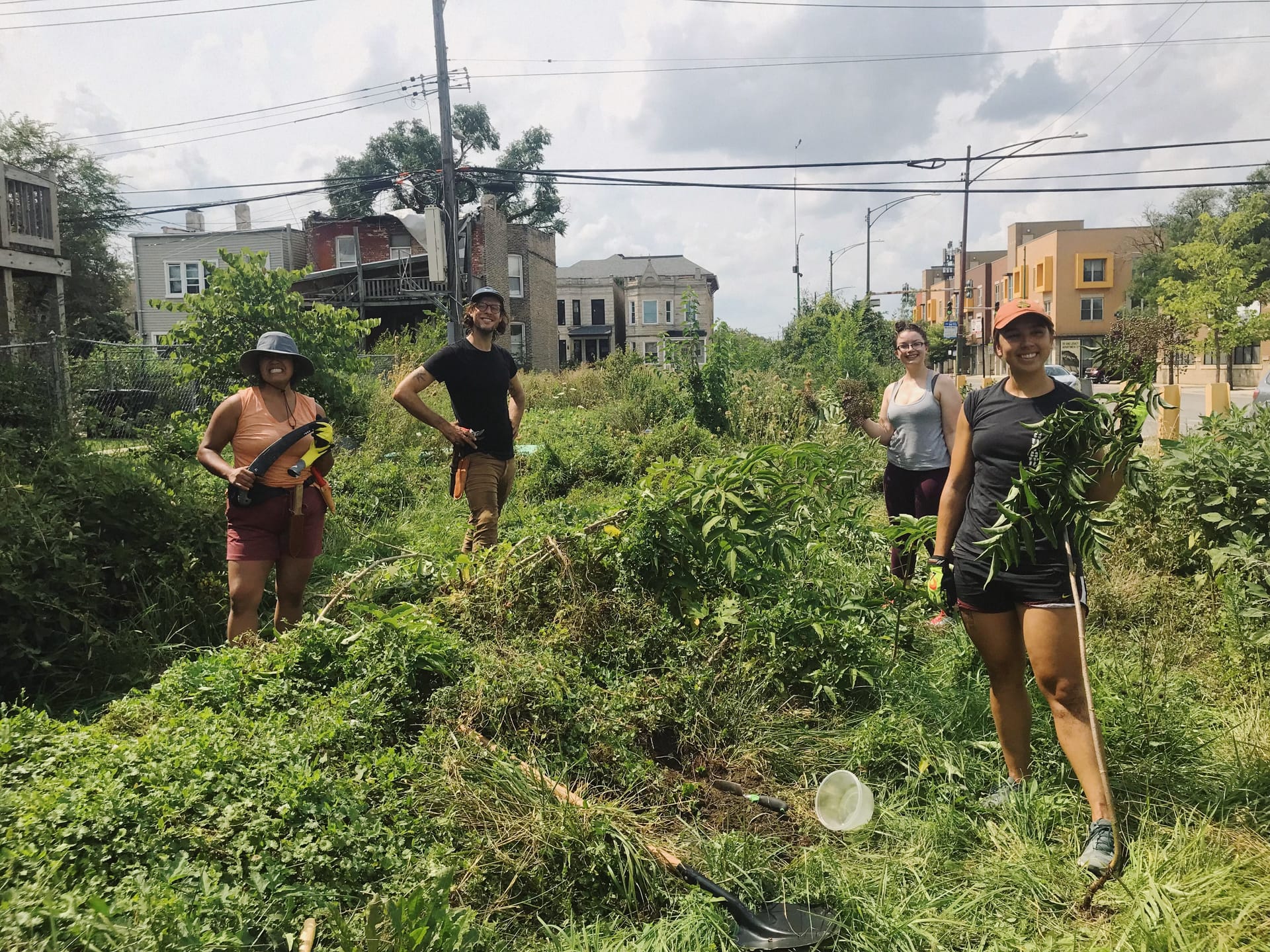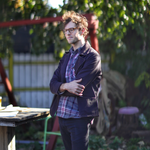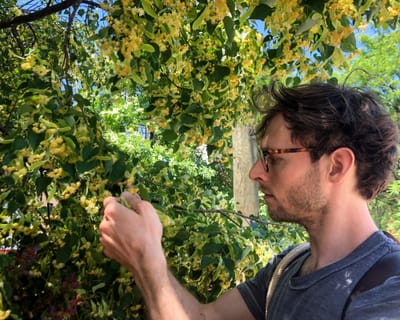Urban Foraging Guide

The chart below is adapted from a resource provided by ethnobotanist Nina Lawrin of Loveren Collections. Nina was an early inspiration and teacher for me when I was still uncertain about urban foraging, and she definitely helped me feel more comfortable going out and picking serviceberries from the parkways of Chicago.
The chart also focuses on the Chicago area, but can also apply to other metropolitan areas.
| Location | Building Relationship |
Roots | Understory Leaves & Flowers |
Shrub Fruits | Tree Fruits | Tree Flowers & Leaves |
Mushrooms |
|---|---|---|---|---|---|---|---|
| Cook County Forest Preserves |
yes | not permitted | not permitted | not permitted | not permitted | not permitted | not permitted |
| Illinois State Parks* |
yes | depends on herbicide use |
depends on herbicide use |
yes | yes | yes | depends on nearby herbicide use |
| Various Chicago Neighborhoods |
yes | probably not | depends | depends | yes | yes | depends |
| The Loop | yes | no | no | maybe | yes | yes | no |
| The Lakefront | yes | no | depends | yes | yes | yes | depends |
| Alleyways | yes | no | no | no | no | no | no |
| Backyards† | yes | depends | depends | depends | depends | depends | depends |
| Parkways & Boulevards |
yes | no | no | maybe | yes | yes | no |
| Community Gardens* |
yes | yes | yes | yes | yes | yes | yes |
| Private Land Owners‡ |
yes | yes | yes | yes | yes | yes | yes |
*It's always important to check in with those who run or manage the parks or gardens you are hoping to forage from. There may be a system of harvesting in place. Be respectful of the community and efforts implemented at these sites related to education, engagement, and stewardship. The community affiliated with the site knows the history best, and will most likely be happy to support you with any questions you may have.
†Make sure to have your soil tested to determine what's possible to harvest and any remediations required if you would like to harvest in the future.
‡Make sure you have been granted permission to harvest from private land. Create relationships with land owners to gain access to a wider scope of foraging and plant connections. As with above, check in with landowners to discover the history of land use.
Additional considerations:
Cook County Forest Preserves
- It is not permitted to harvest in the Cook County Forest Preserves for any reason.
Community Gardens / Urban Farms
- Whether and what to harvest from community gardens and urban farms depends on a lot of factors. Is the garden planted directly in the soil like at Patchwork Farm on Chicago Ave? Or is it in raised beds. If directly in the soil, check with garden/farm managers to see how long they've been building the soil. If I didn't know the site, I would be much likelier to eat a burdock root from a raised bed than one harvested from directly in the ground.
Roots & Mushrooms
- Tend to accumulate heavy metals–especially taproots–so it's best to ensure you are harvesting from clean soils. City soils tend to have a higher concentration of heavy metals from buried building materials and waste.
Understory Leaves & Flowers
- Can also accumulate heavy metals, but to a lesser extent than roots. Here, the concern is herbicides, pesticides, rodent droppings, and dog pee.
Tree Leaves, Fruits, and Flowers
- Tend to be okay to harvest and eat even in more populated/polluted downtown areas.



Member discussion